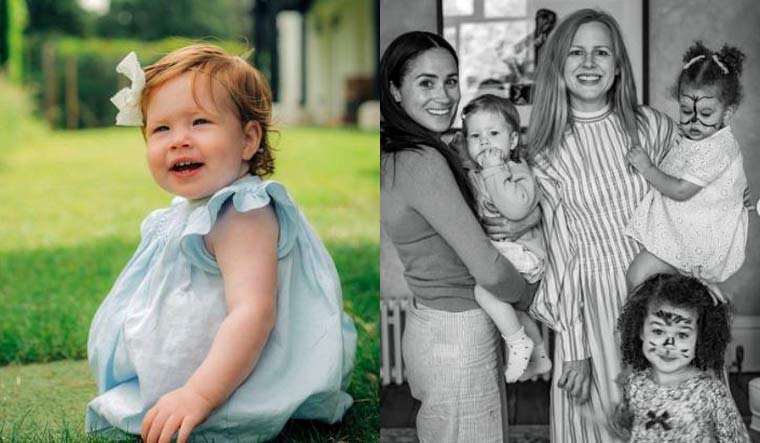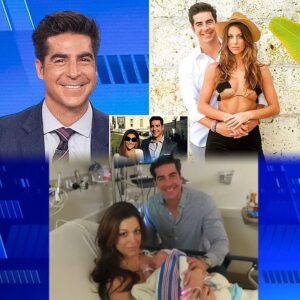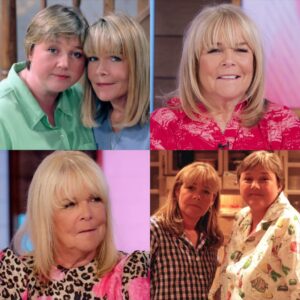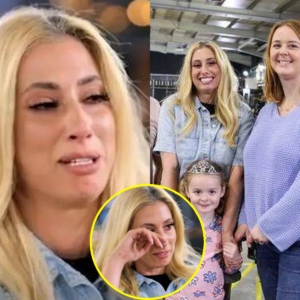Lilibet Diana Mountbatten-Windsor: The Controversy of Her Existence
The British royal family has long been a subject of intense public fascination, with every aspect of their lives scrutinized by media and fans alike. Recently, a new and controversial claim has emerged, raising questions about the existence of Prince Harry and Meghan Markle’s daughter, Lilibet Diana Mountbatten-Windsor. According to a source from Los Angeles, California, who works for the County Registrar’s Office, no child named Lilibet Diana Mountbatten-Windsor was born in California. Instead, records indicate a child named Diana Mary Mountbatten-Windsor born on the same date, but to different parents. This revelation has sparked widespread speculation and debate about the authenticity of the couple’s claims and the implications for the royal family.

The source, who chose to remain anonymous, has reportedly sent all pertinent legal documents to the offices of Prince William and King Charles, as well as to UK Home Office and the UK Security Agency. These documents allegedly confirm that Harry and Meghan were in the process of adopting a baby girl. However, due to various complications, the biological mother decided to keep her daughter, leaving Harry and Meghan without the child they intended to adopt.
This information, if verified, could have significant repercussions for the royal couple. Public records not matching the details provided by Harry and Meghan would raise questions about their transparency and honesty. Furthermore, the situation underscores the challenges and complexities of adoption, especially for high-profile individuals whose lives are under constant scrutiny.

Compounding the controversy are allegations that the couple has been using images of other people’s children to represent Lilibet in public. One particularly contentious claim is that a photograph from the Queen’s Platinum Jubilee, purportedly showing Lilibet, is actually of Hartford Schroeder Clark, the daughter of Stassi Schroeder and Beau Clark. If true, this would not only mislead the public but also involve another family in the royal drama, potentially without their consent.
The motives behind such actions, if they indeed occurred, remain unclear. Some speculate that Harry and Meghan may have felt immense pressure to present a complete family unit to the public, leading them to make questionable decisions. Others suggest that the couple might have been attempting to protect their child’s privacy by using decoy images, a practice not unheard of among celebrities. However, the ethical implications of involving an innocent child in such a deception are significant and warrant serious consideration.

The revelation about the alleged existence of Diana Mary Mountbatten-Windsor adds another layer of complexity. If this child is indeed the one Harry and Meghan intended to adopt, questions arise about the circumstances that led to the biological mother retaining custody. Adoption processes can be fraught with legal and emotional challenges, and it is not uncommon for plans to change. However, the high-profile nature of this case amplifies the stakes and public interest.
It is essential to approach these claims with caution and await further verification. The royal family and Harry and Meghan have yet to respond publicly to these allegations, and it is possible that additional information will clarify the situation. Until then, the speculation and rumors will likely continue, fueled by a mix of curiosity and skepticism.
In the broader context, this controversy highlights the intense public scrutiny faced by the British royal family and the difficulties of maintaining privacy and authenticity in the modern age. For Harry and Meghan, who have frequently expressed their desire for a more private life away from the relentless media attention, this situation represents a significant challenge. Balancing public interest with personal boundaries is a delicate act, and any missteps can lead to widespread criticism and speculation.
As the story develops, it will be crucial to consider the perspectives and rights of all parties involved, particularly the children who are unwittingly drawn into the public eye. The truth about Lilibet Diana Mountbatten-Windsor’s existence, or lack thereof, may ultimately reveal deeper insights into the complexities of modern royal life and the pressures faced by those within it.
News
“Jesse Watters and Wife Emma DiGiovine Shock Fans with Surprise Baby News—Meet Their New Baby Girl and the Heartwarming Story Behind the Announcement!”
Fox’s Jesse Watters and wife Emma DiGiovine glow as they welcome new baby girl to the world FOX News host Jesse Watters and his wife Emma DiGiovine…
Linda Robson broke down in tears, saying she would DIE TOGETHER with her best friend Pauline Quirke on live television, leaving everyone stunned. What happened?
Linda Robson has spoken publicly about the heartbreaking dementia diagnosis of her long-time friend and Birds of a Feather co-star, Pauline Quirke. Last month, Pauline’s husband, Steve…
Pete Wicks Admits He ‘Cried Several Times’ Filming Emotional New Rescue Dog Series – The HEARTWARMING Moments That Left Him in TEARS!
‘They have transformed my life for the better’ Star of Strictly Pete Wicks admitted he “cried several times” while filming his new documentary, Pete Wicks: For Dogs’ Sake. A lover…
Gino D’Acampo just stirred up social networks with his FIRST POST after being fired from ITV
Celebrity chef and TV star Gino D’Acampo has been accused of sexual misconduct as over 40 people have come forward amid his alleged wrongdoing A defiant Gino D’Acampo has…
This Morning presenter prepares to become homeless, family home worth £4m about to disappear
The This Morning presenter lives in Richmond with his wife and children This Morning star Ben Shephard lives less than 30 minutes away from the ITV studios, in a beautiful home…
Stacey Solomon in tears and forced to walk off camera as Sort Your Life Out fans say ‘LIFE IS CRUEL’
Stacey Solomon had to step away from the camera, overwhelmed with emotion, while filming her show ‘Sort Your Life Out’ as she assisted a family from Leeds in decluttering their…
End of content
No more pages to load






